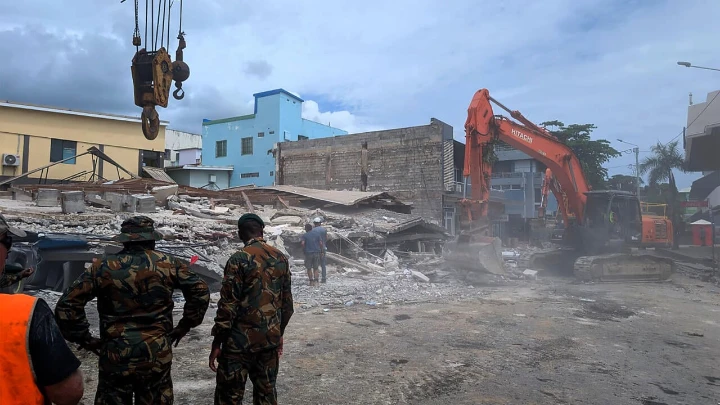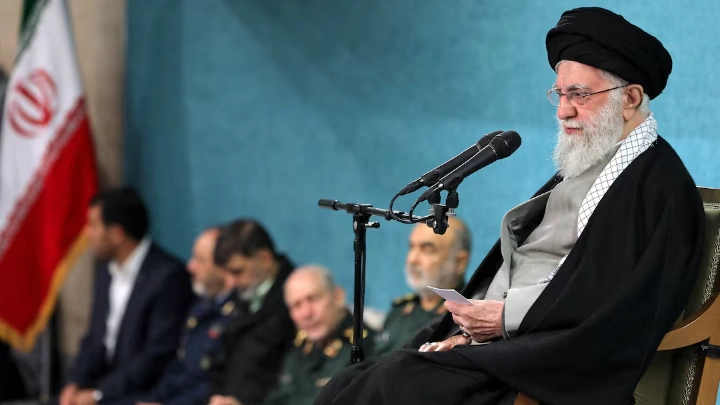West Bengal’s chessboard: BJP’s surge, TMC’s resilience, Left’s revival
DhakaTribune || Shining BD
The ongoing general election in West Bengal, conducted in seven phases from April 19 to June 1, aims to elect 42 members of the 18th Lok Sabha, India’s lower house of parliament.
With significant shifts in political dynamics since the last election, this electoral battle has garnered widespread attention.
In the 2019 elections, the Bharatiya Janata Party (BJP) made substantial gains, increasing its tally to 18 seats, while the Trinamool Congress (TMC) witnessed a decline in its seat count, securing 22 seats.

The Left, once dominant in West Bengal’s political landscape, faced a stark decline, failing to secure any seats.
However, the BJP’s performance in the 2021 assembly elections dampened its momentum in West Bengal.
Meanwhile, the Left, particularly the Communist Party of India (Marxist), managed to regain some lost ground in subsequent local elections like municipal and panchayat.
In the current election cycle, the Left, in alliance with the Congress under the banner of INDIA, has adopted a strategic approach targeting both the BJP and the TMC.
With a focus on corruption charges against the ruling TMC, the Left-Congress alliance aims to emerge as a significant third force in West Bengal politics.
Key battlegrounds for the Left-Congress alliance include districts like Hooghly, Serampore, Baharampore, Maldah North, Maldah South, Murshidabad, Raiganj, Purulia, Bankura, Bardhaman East, and Bardhaman-Durgapur.
While the BJP-led NDA is projected to win 25 seats according to News18’s Mega Opinion Poll, ABP-C Voter Opinion Poll suggested the BJP securing 20 seats, with the TMC winning 22 seats.
The CPI(M) and Congress are expected to increase their vote share and win 3-5 seats, including key constituencies like Murshidabad, Baharampore, Damdam, and Jadavpur.
West Bengal holds the third-highest number of Lok Sabha seats, underscoring its significance in India’s political landscape.
As the electoral battle unfolds, the political landscape of West Bengal is witnessing intricate alliances, shifting dynamics, and projections that could reshape the state’s political trajectory.
Shining BD
























